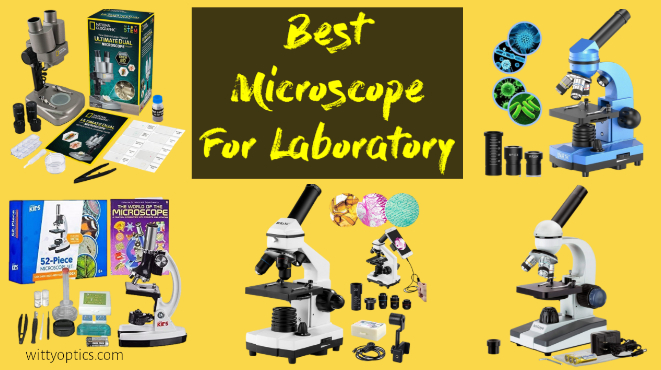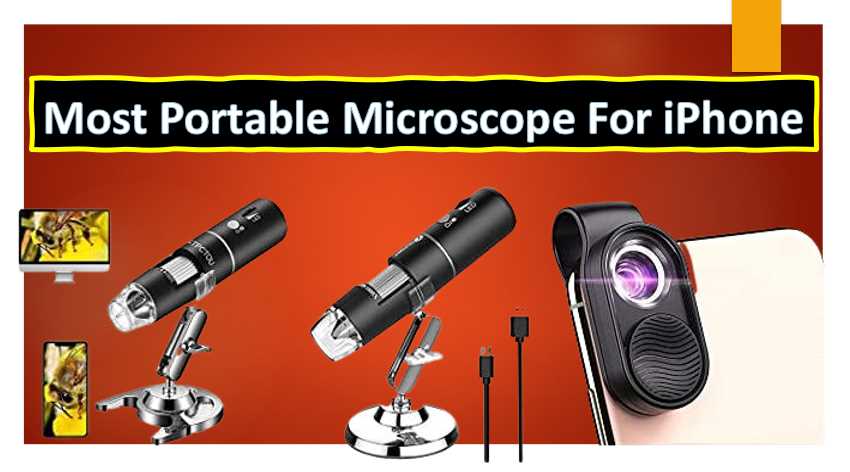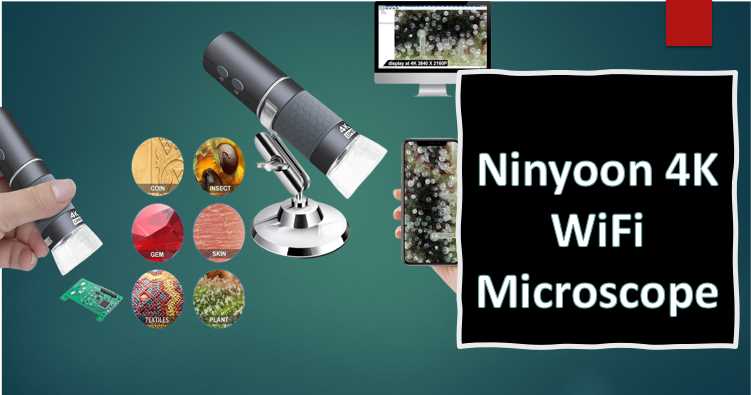Through the Lens of Progress: Advancing Scientific Frontiers with Laboratory Microscopes
As a laboratory researcher, finding a microscope that suits your budget can be a challenge. However, there are affordable options available that still offer reliable and quality performance. In this buying guide, we will explore five of the cheapest microscopes for laboratory use. While these microscopes may not have all the bells and whistles of […]
Through the Lens of Progress: Advancing Scientific Frontiers with Laboratory Microscopes Read More »








